Celeste: Blacksmith
[OAKLAND, CA, USA]
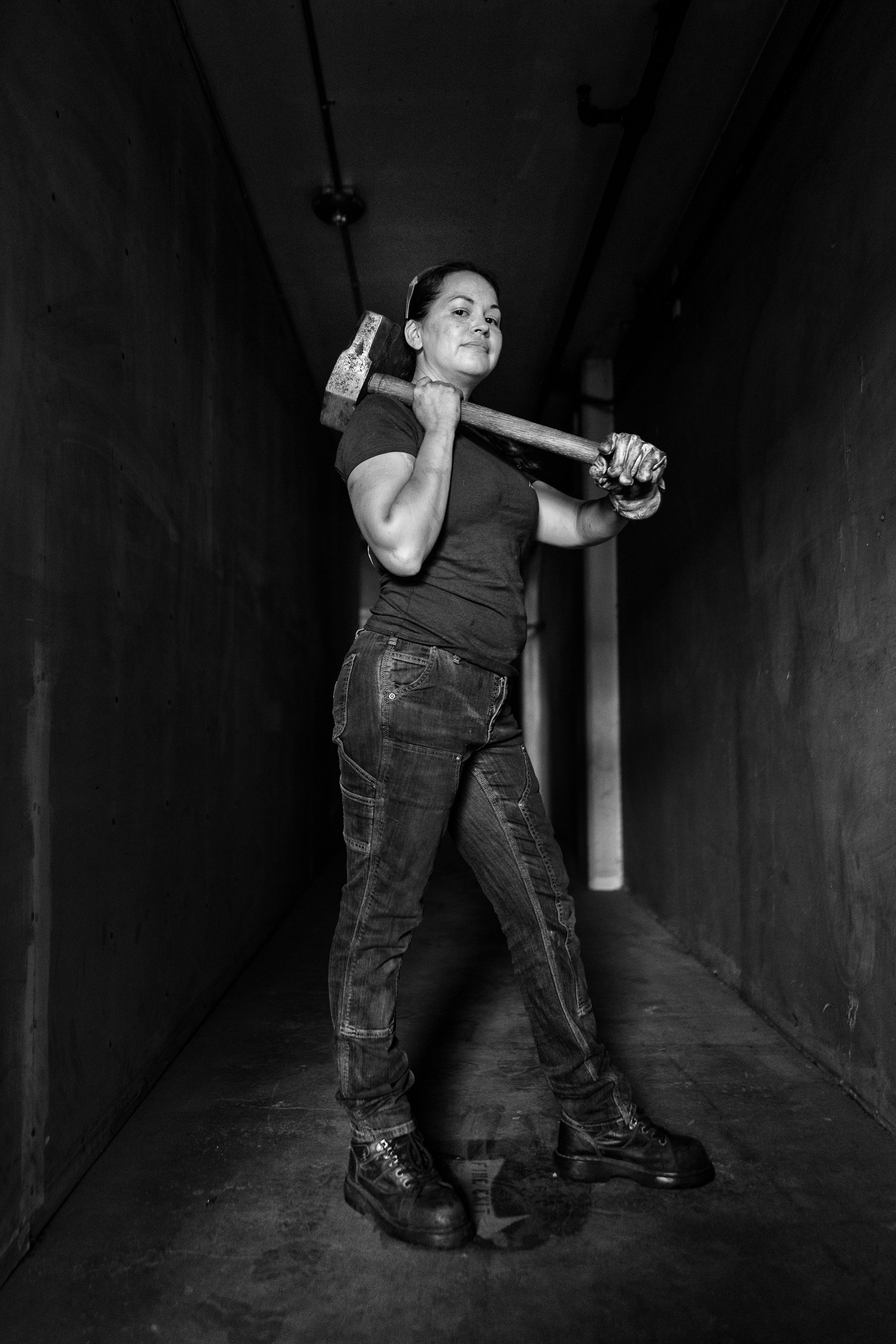
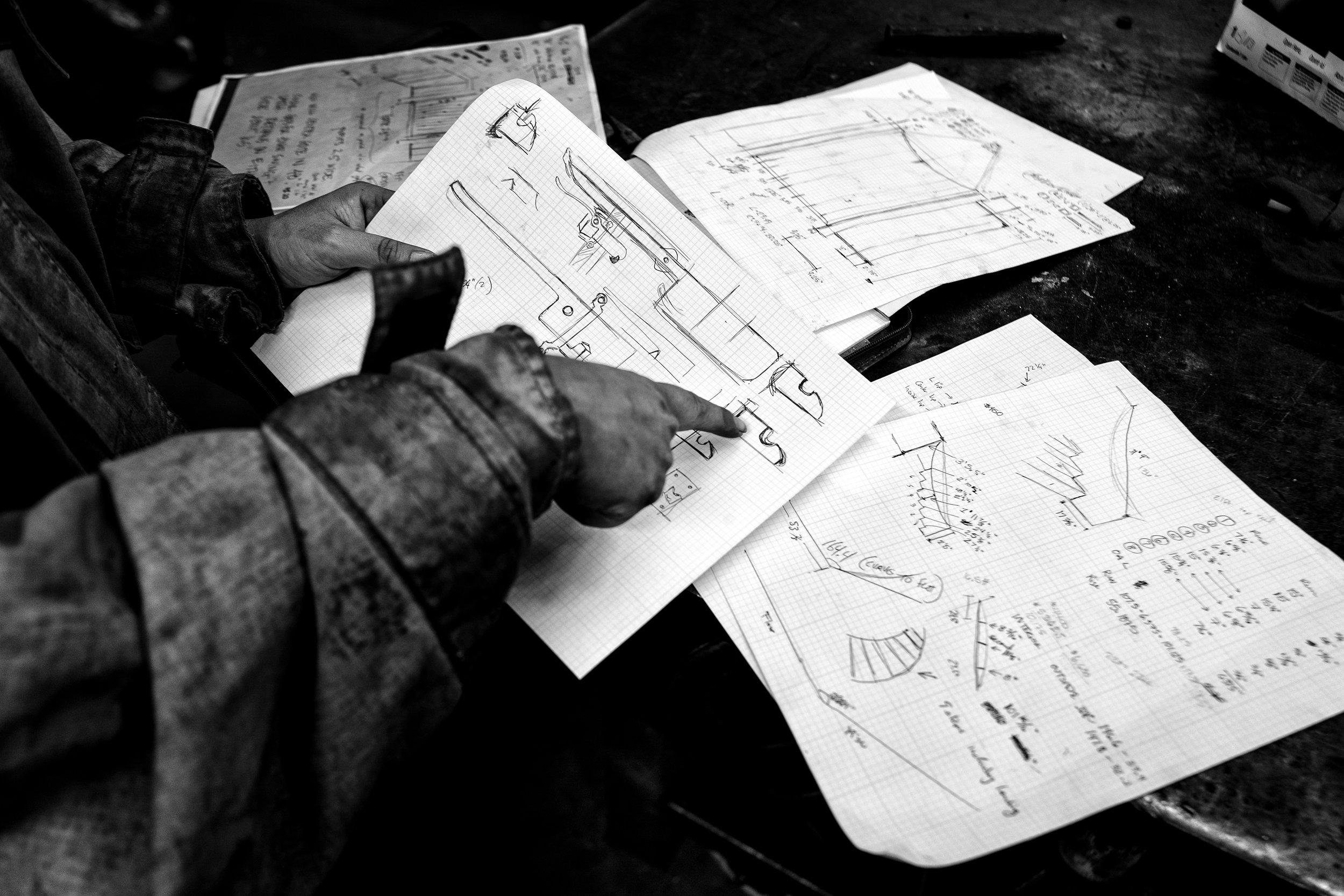
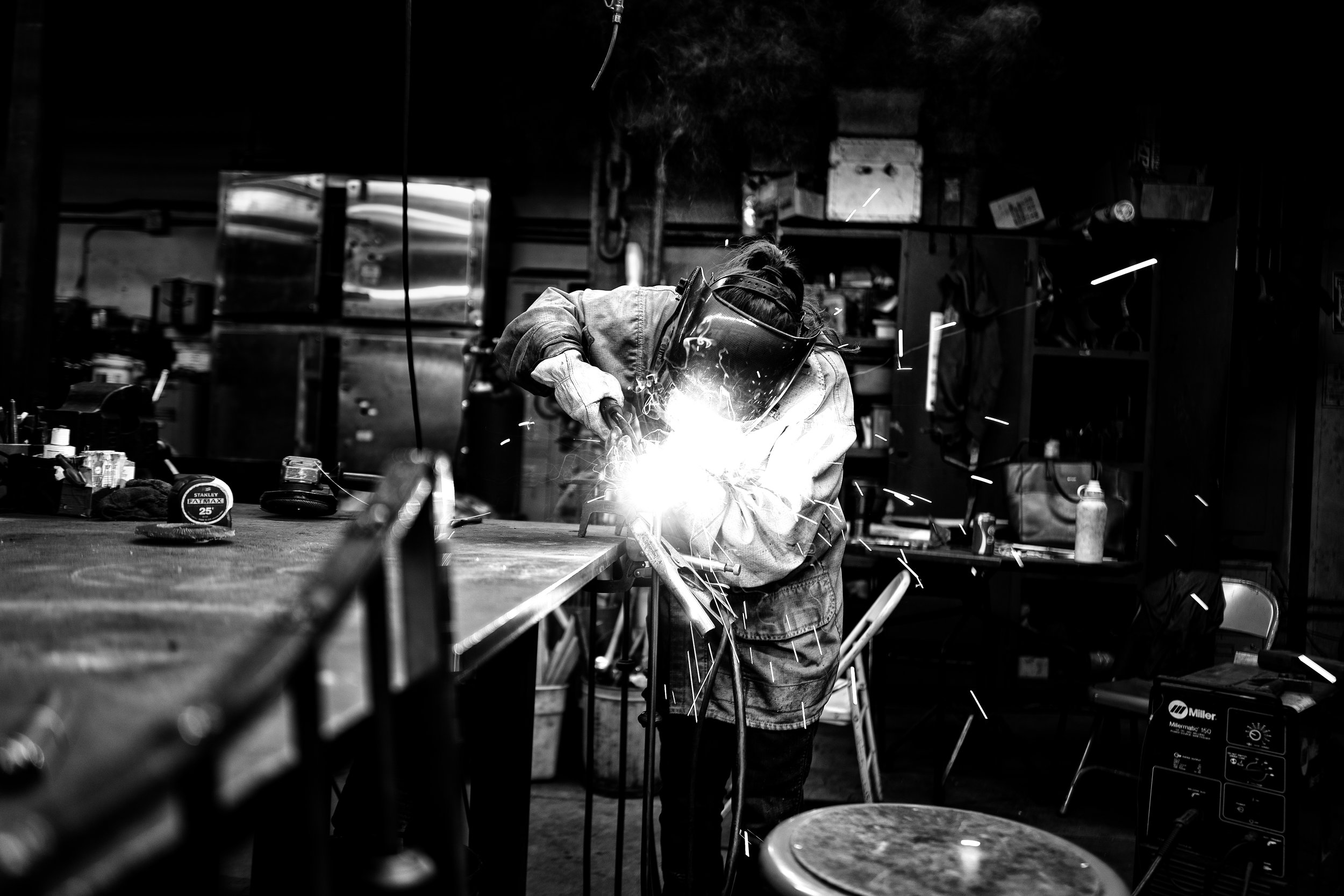
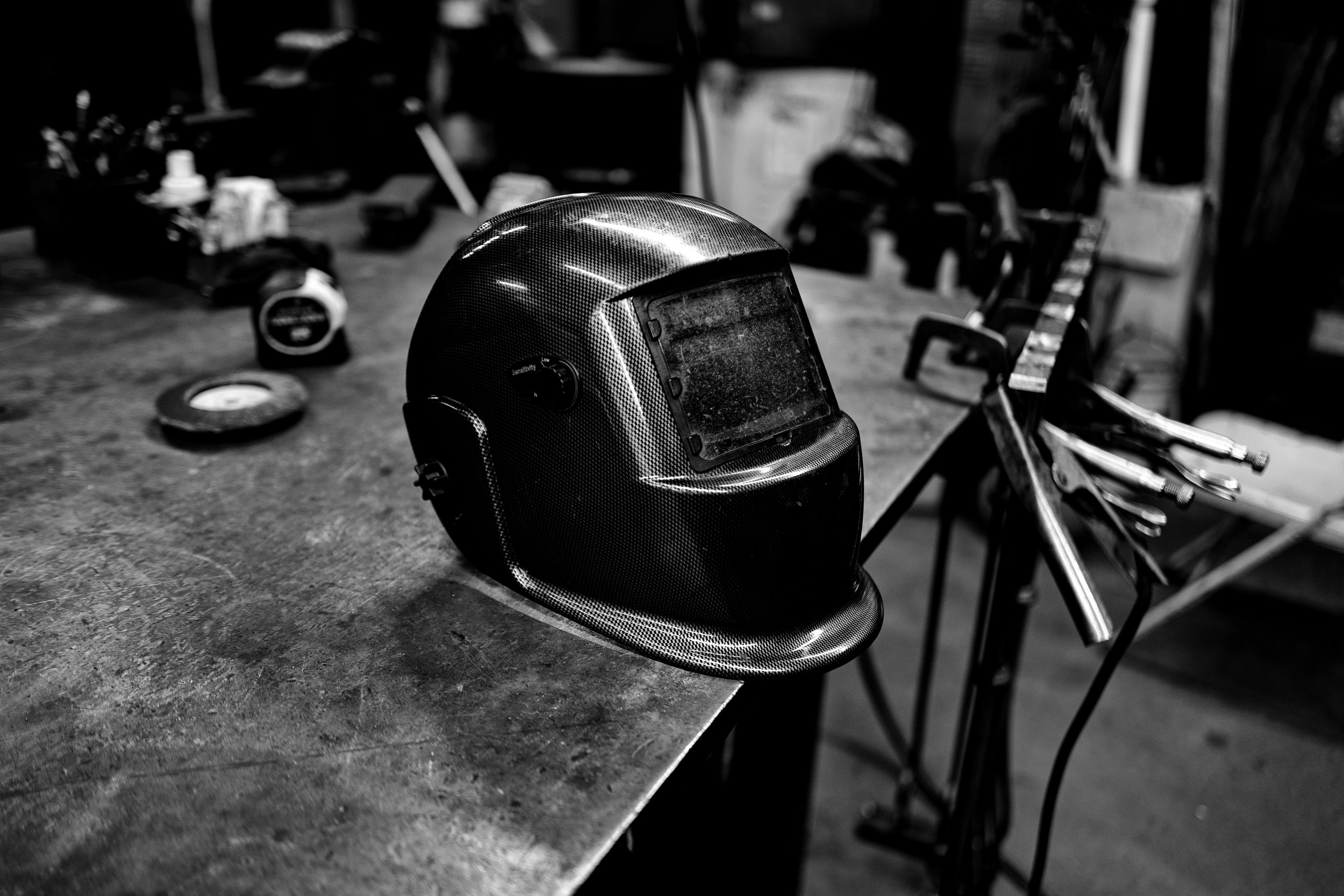
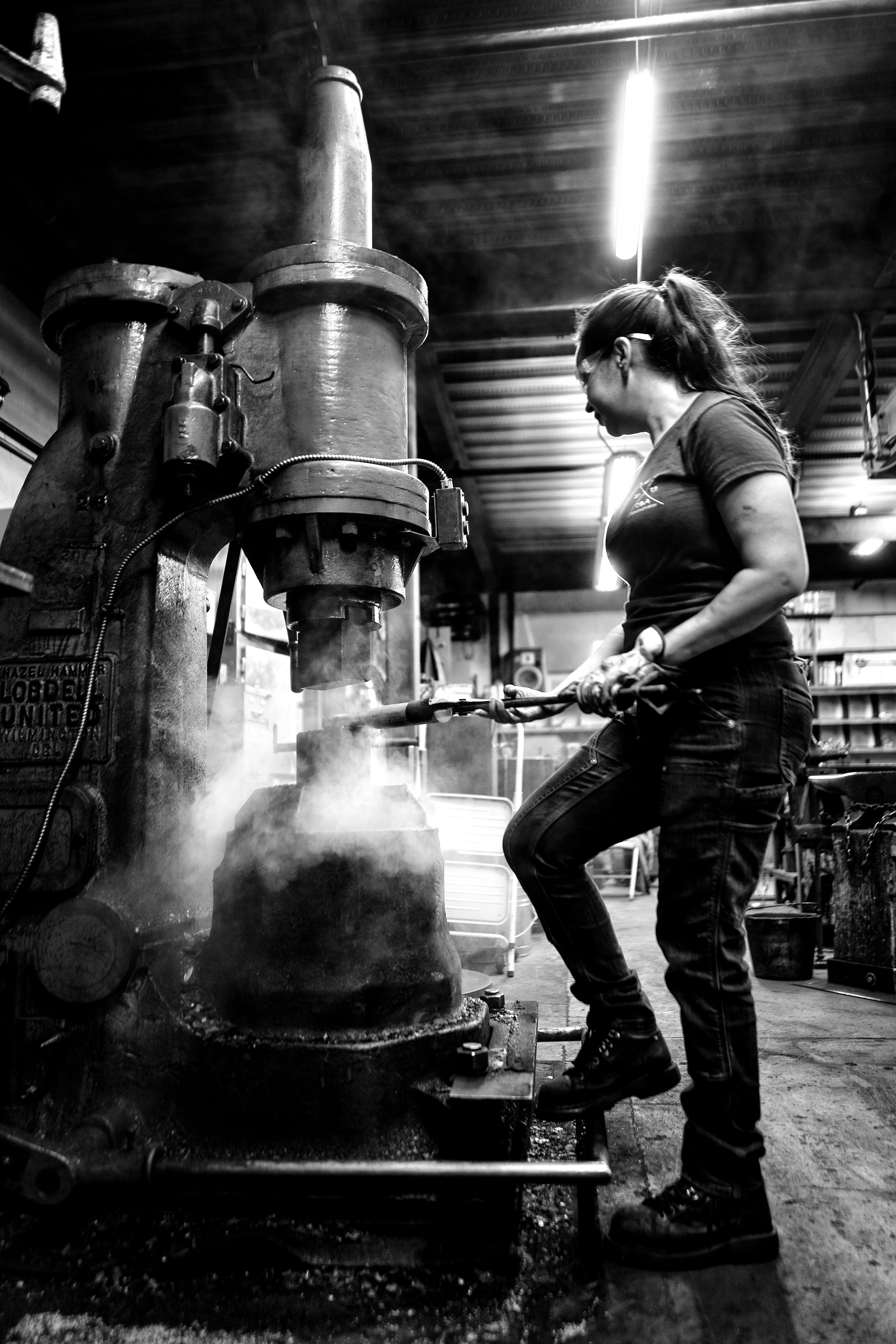
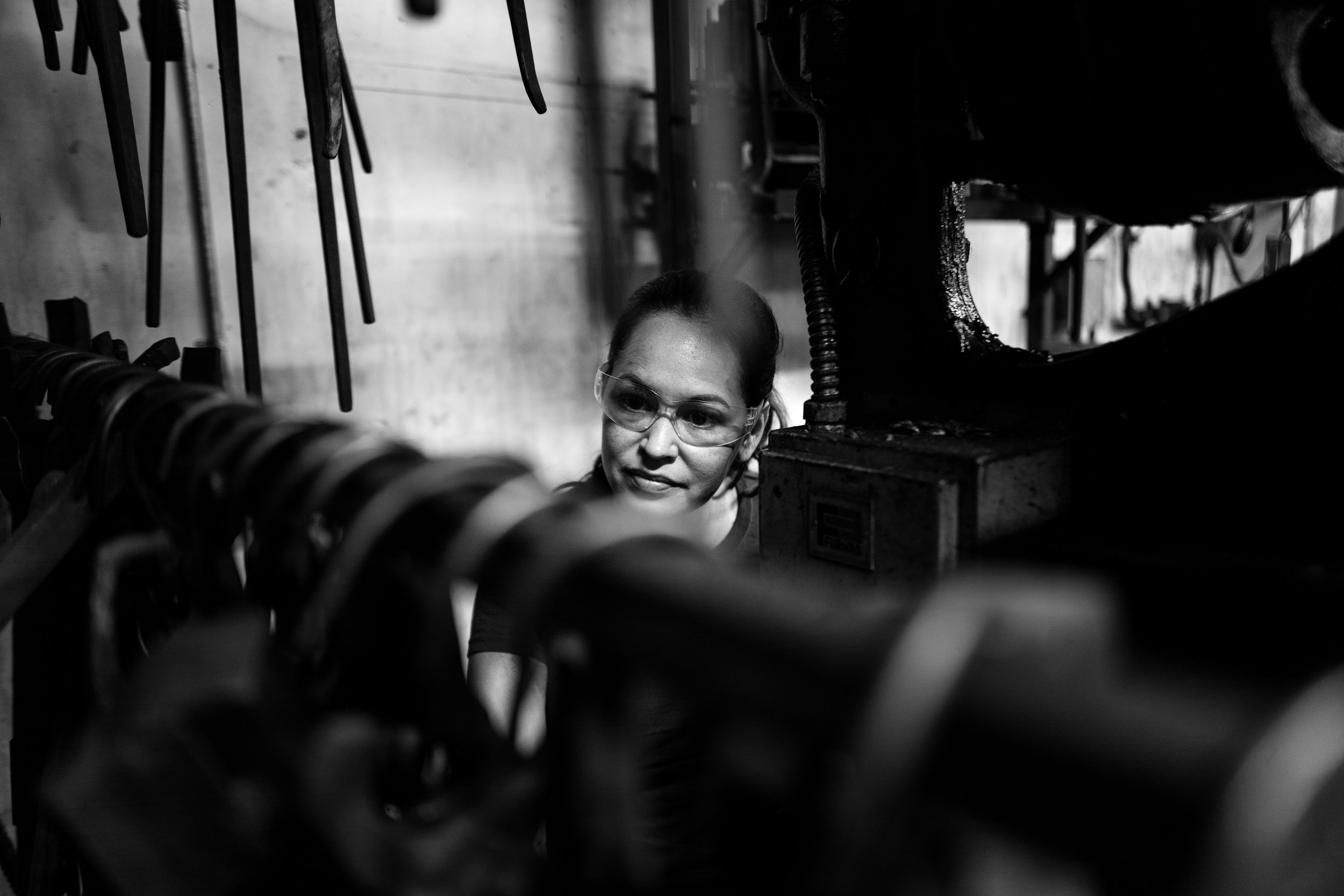
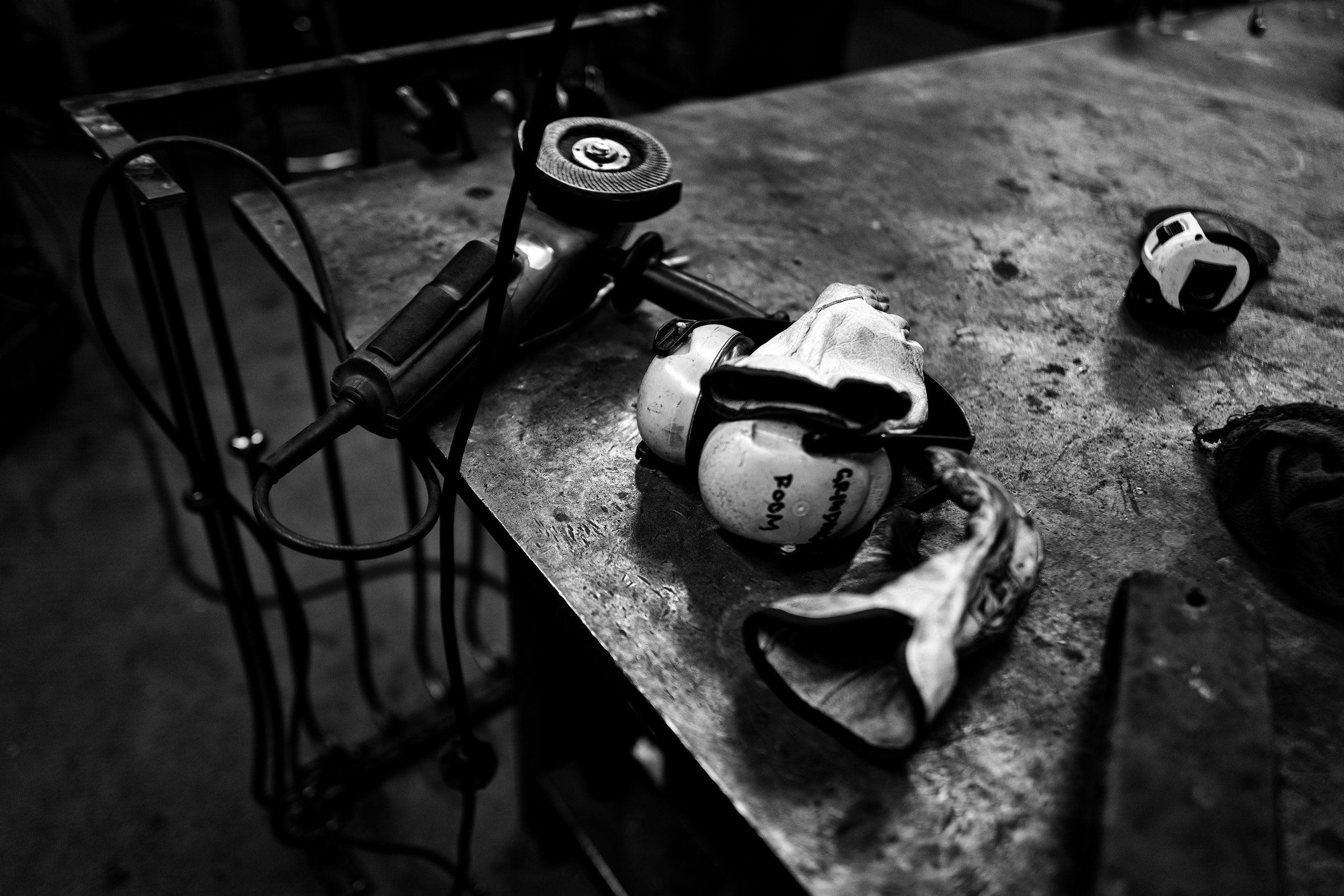
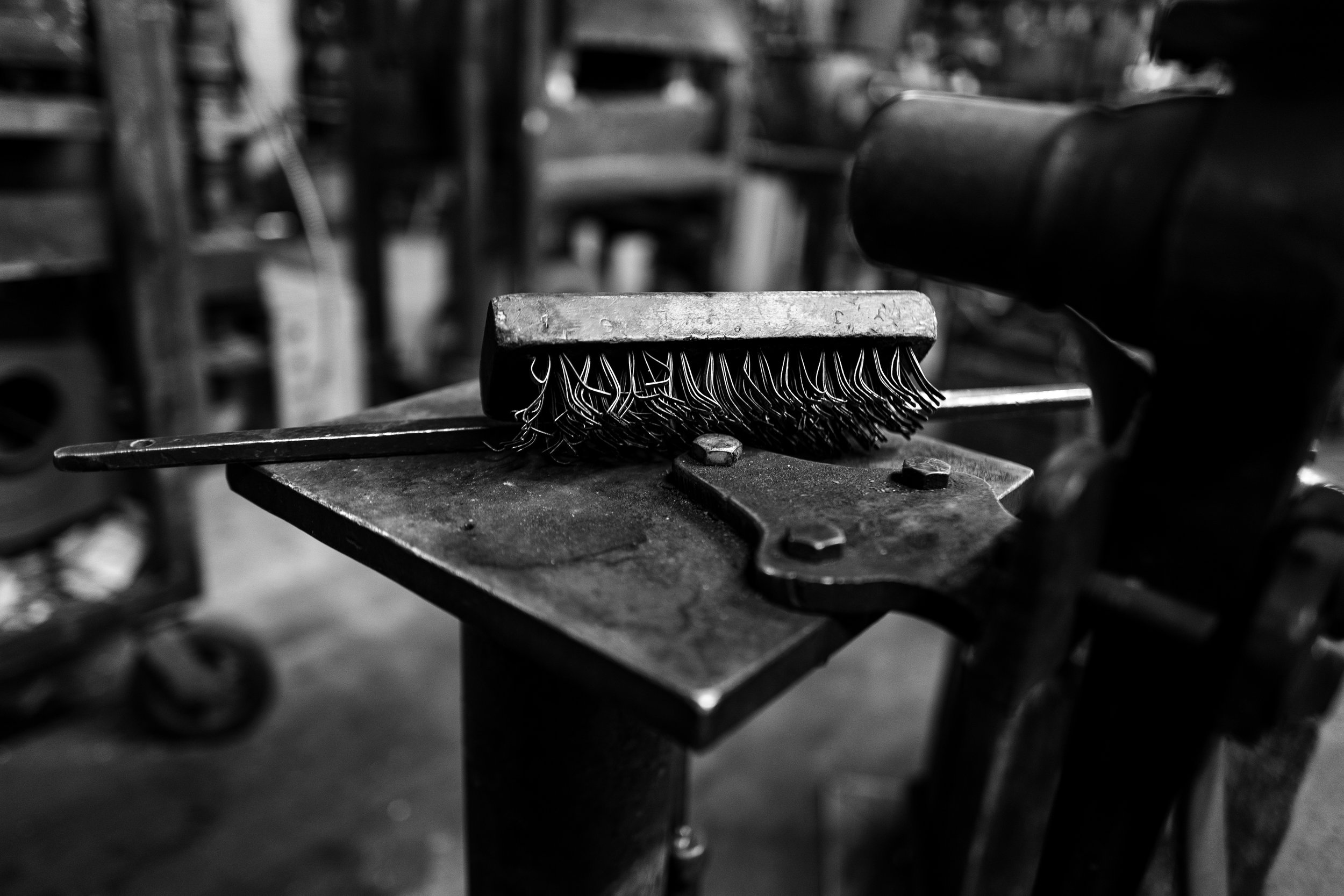
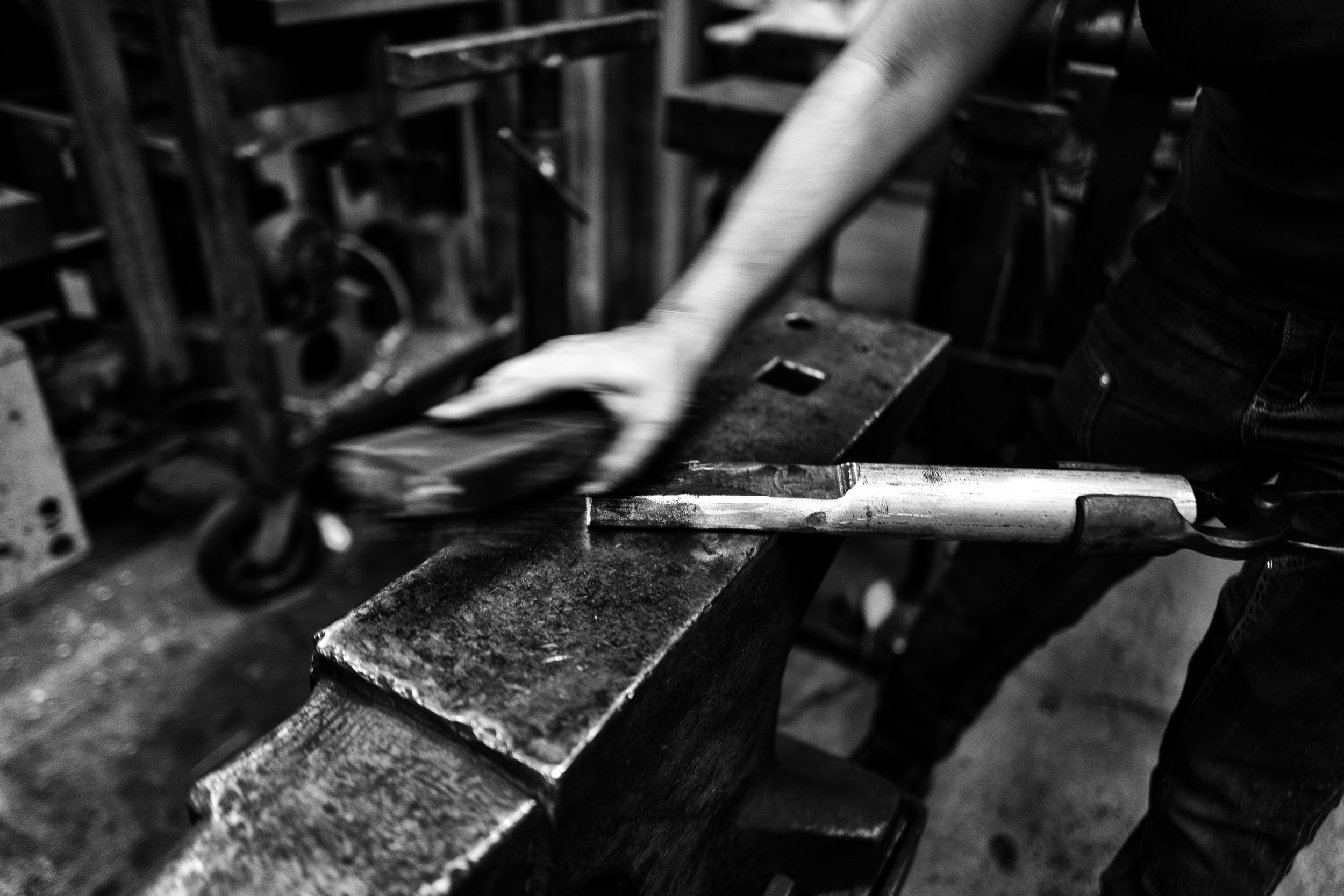
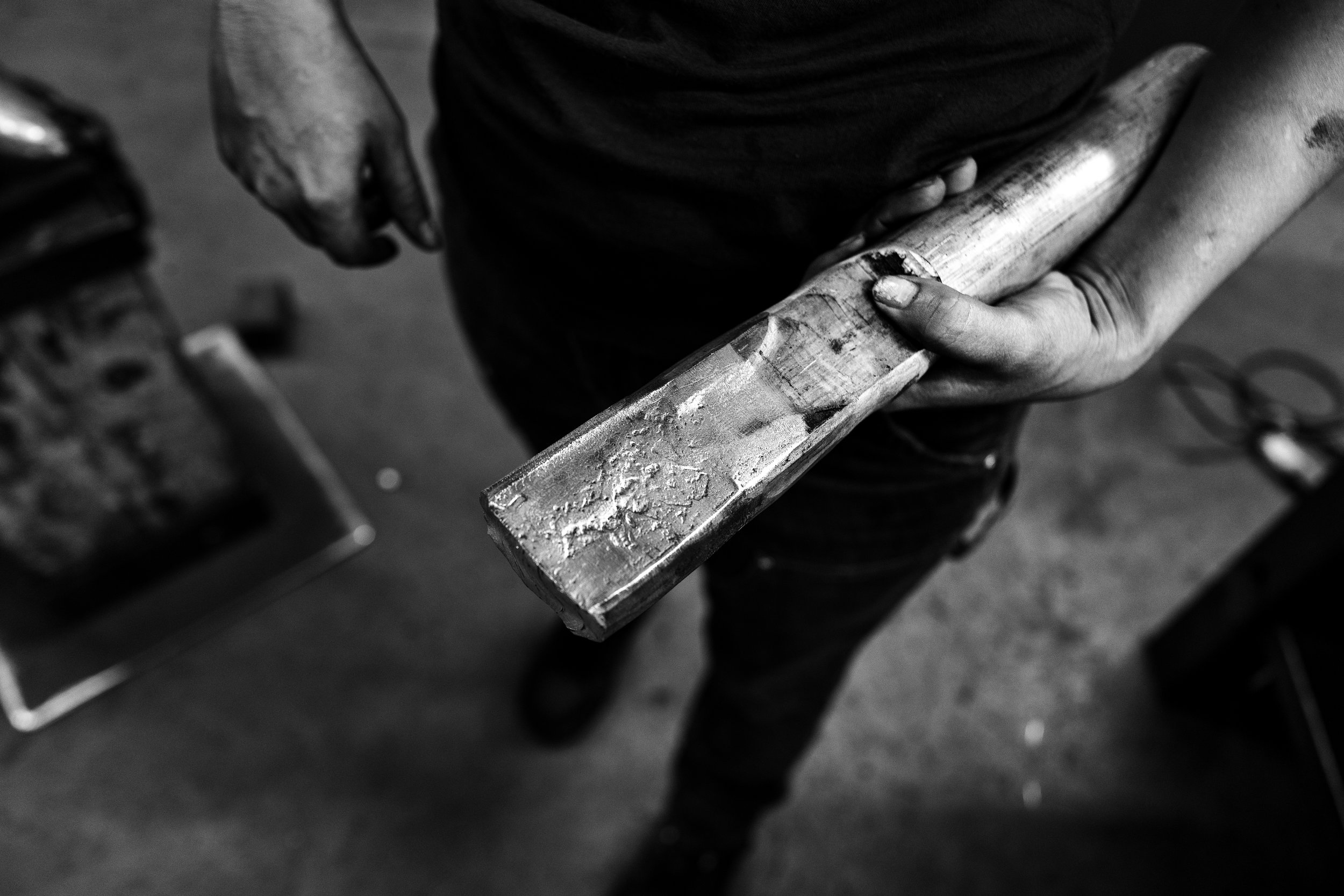
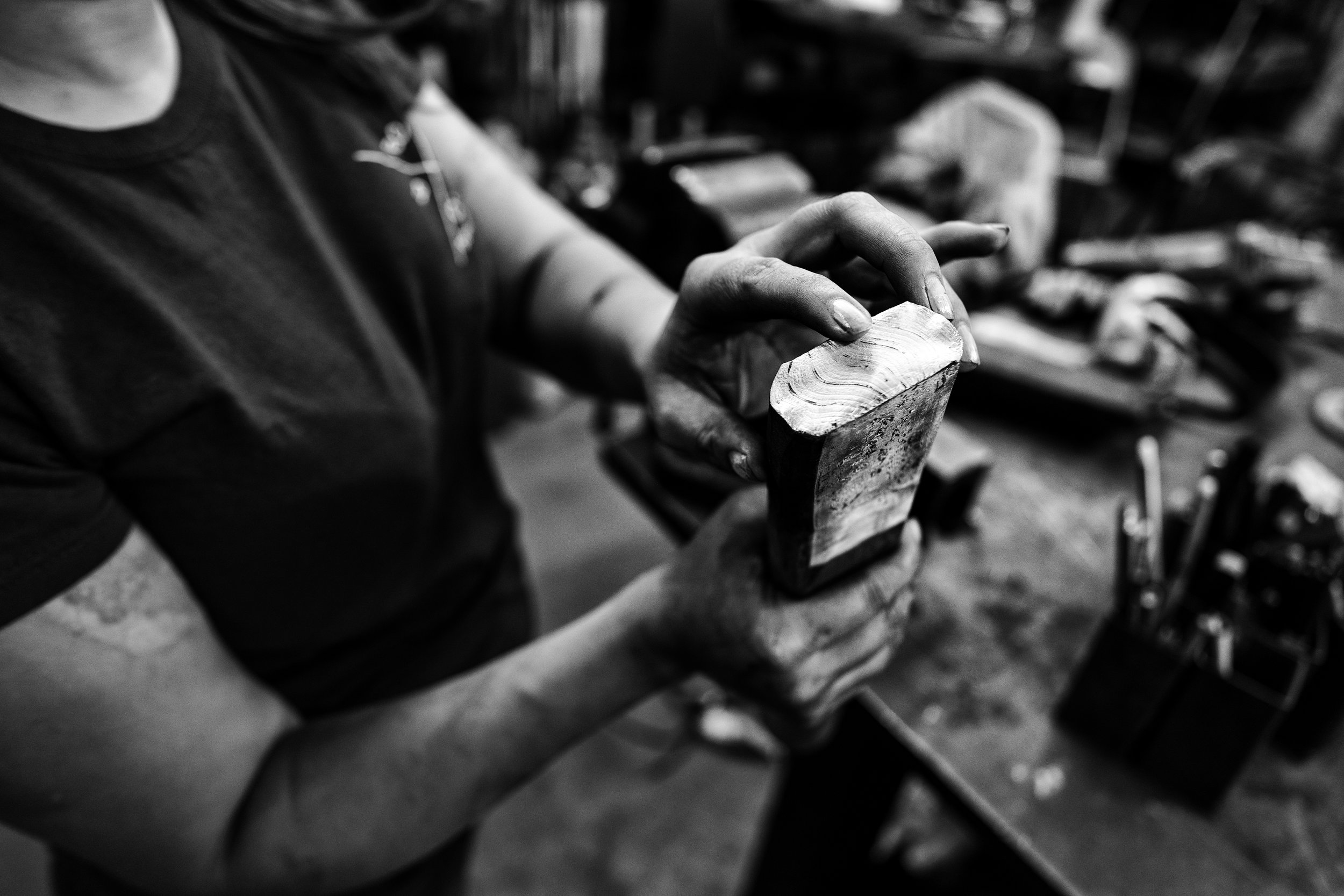
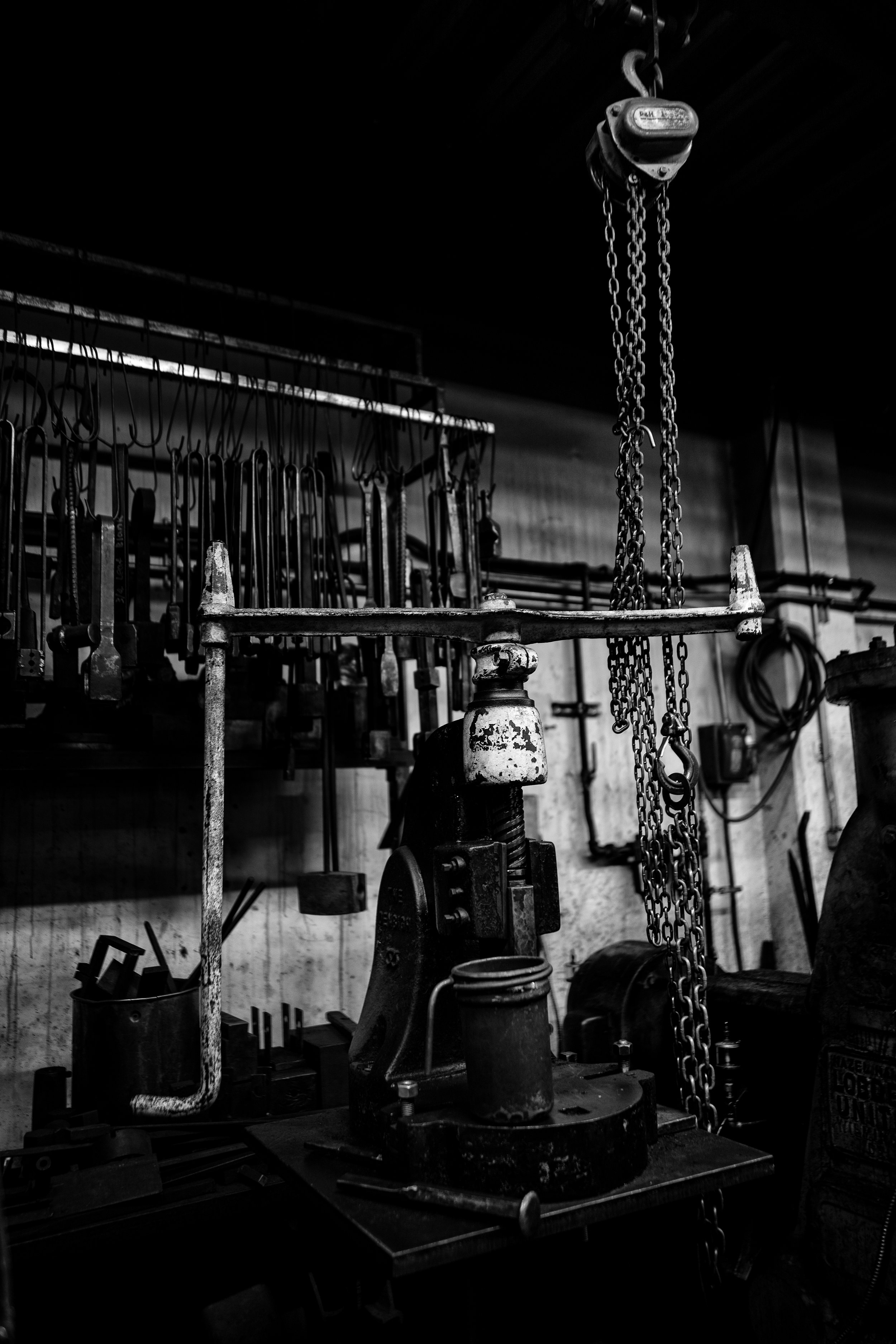
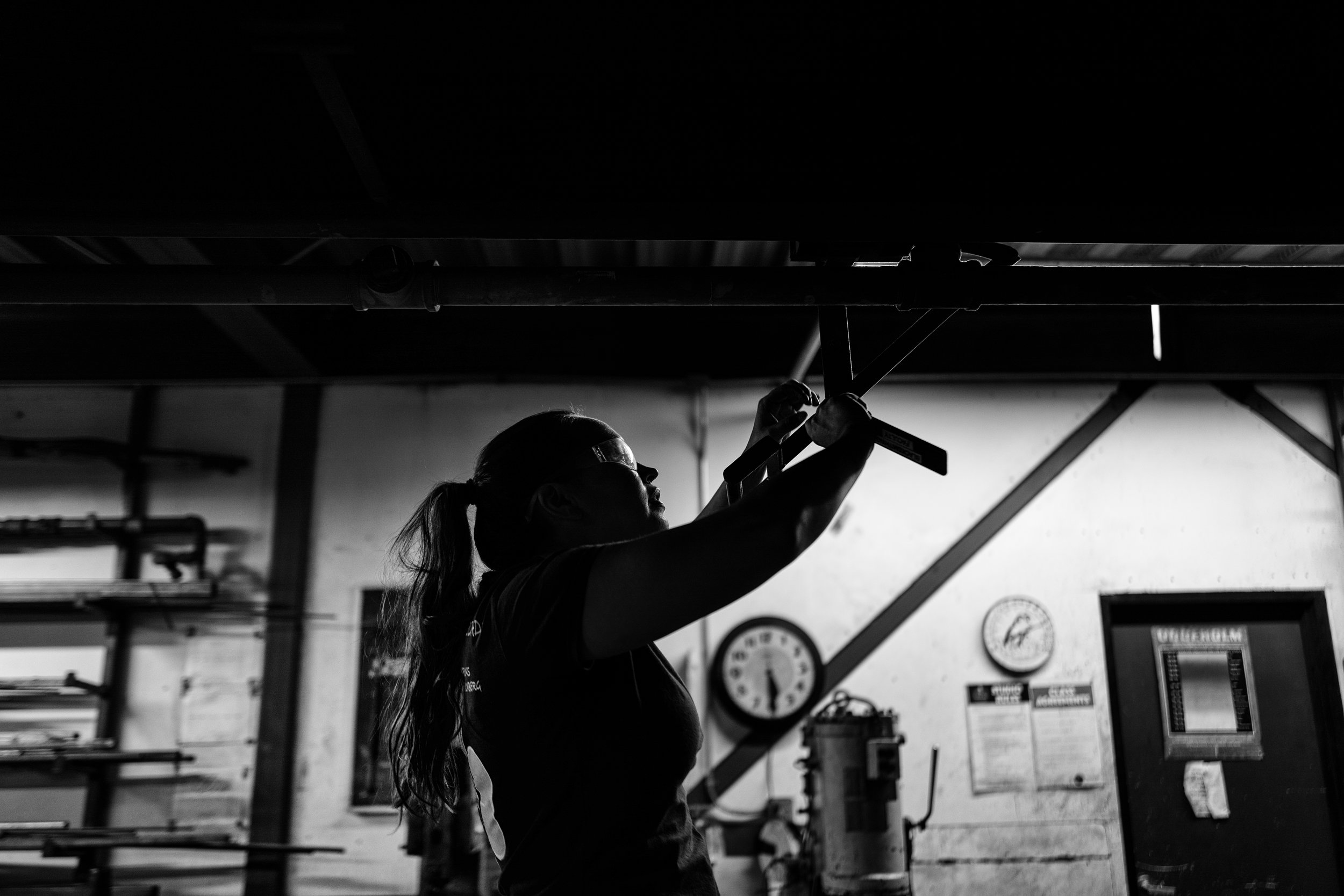
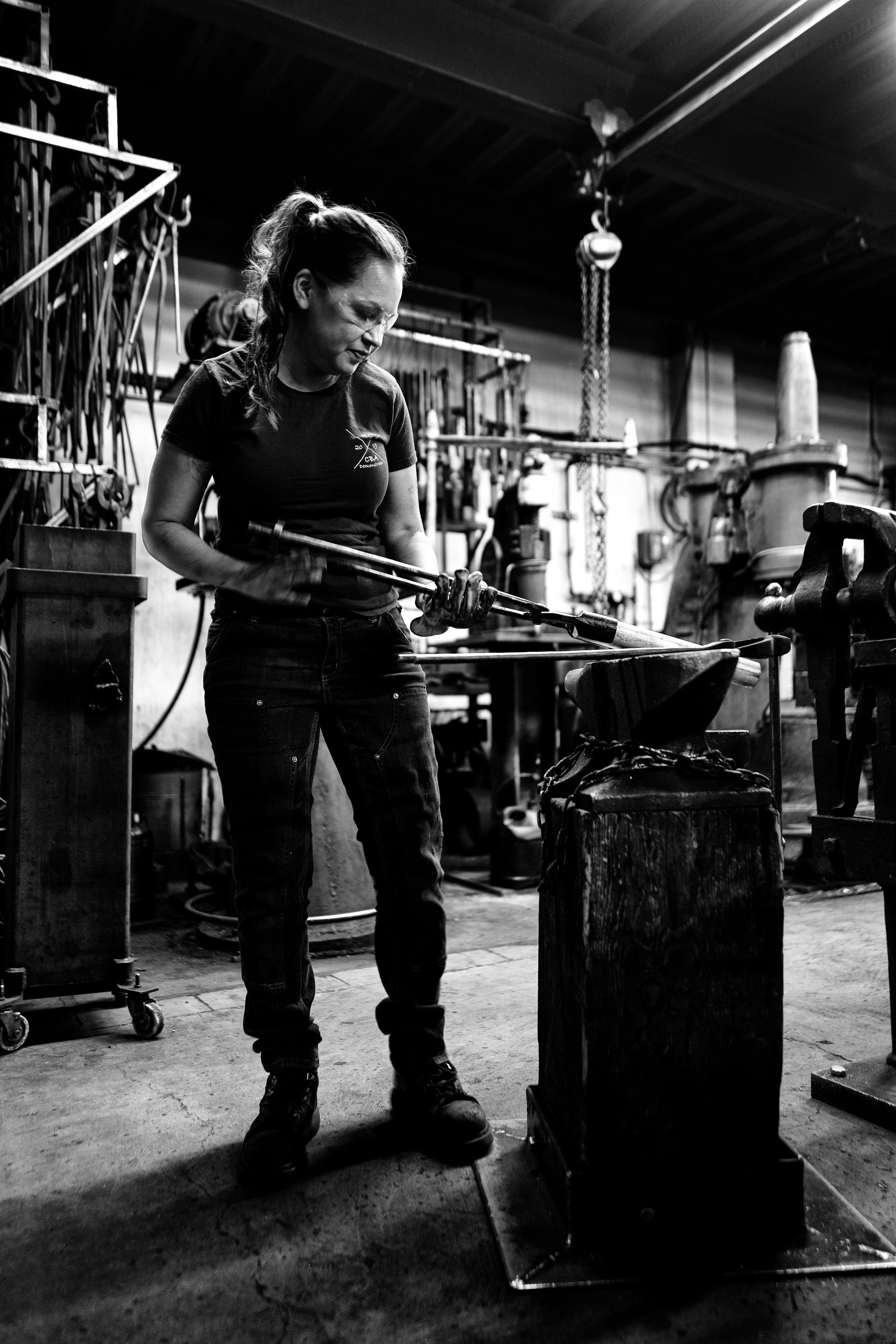
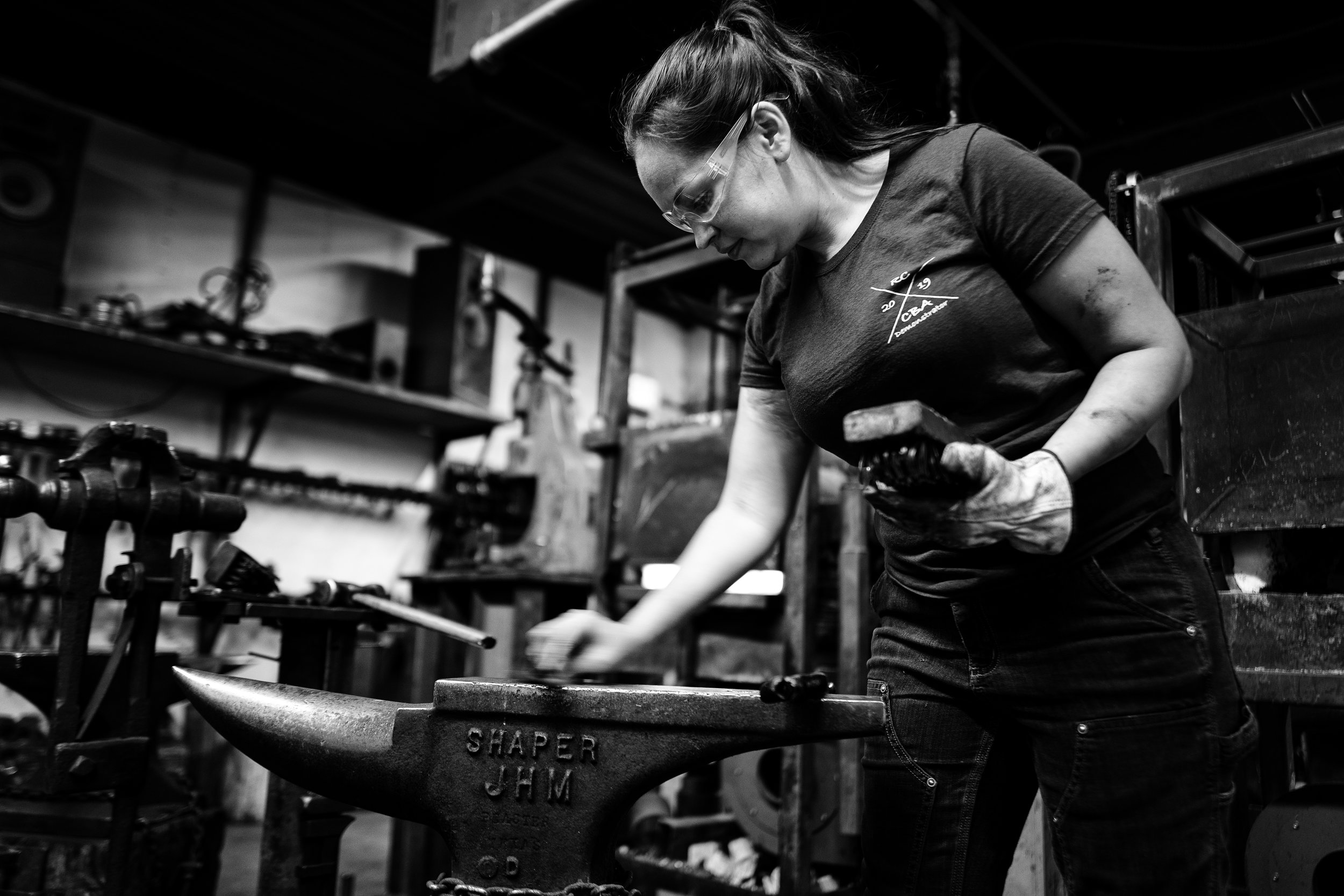
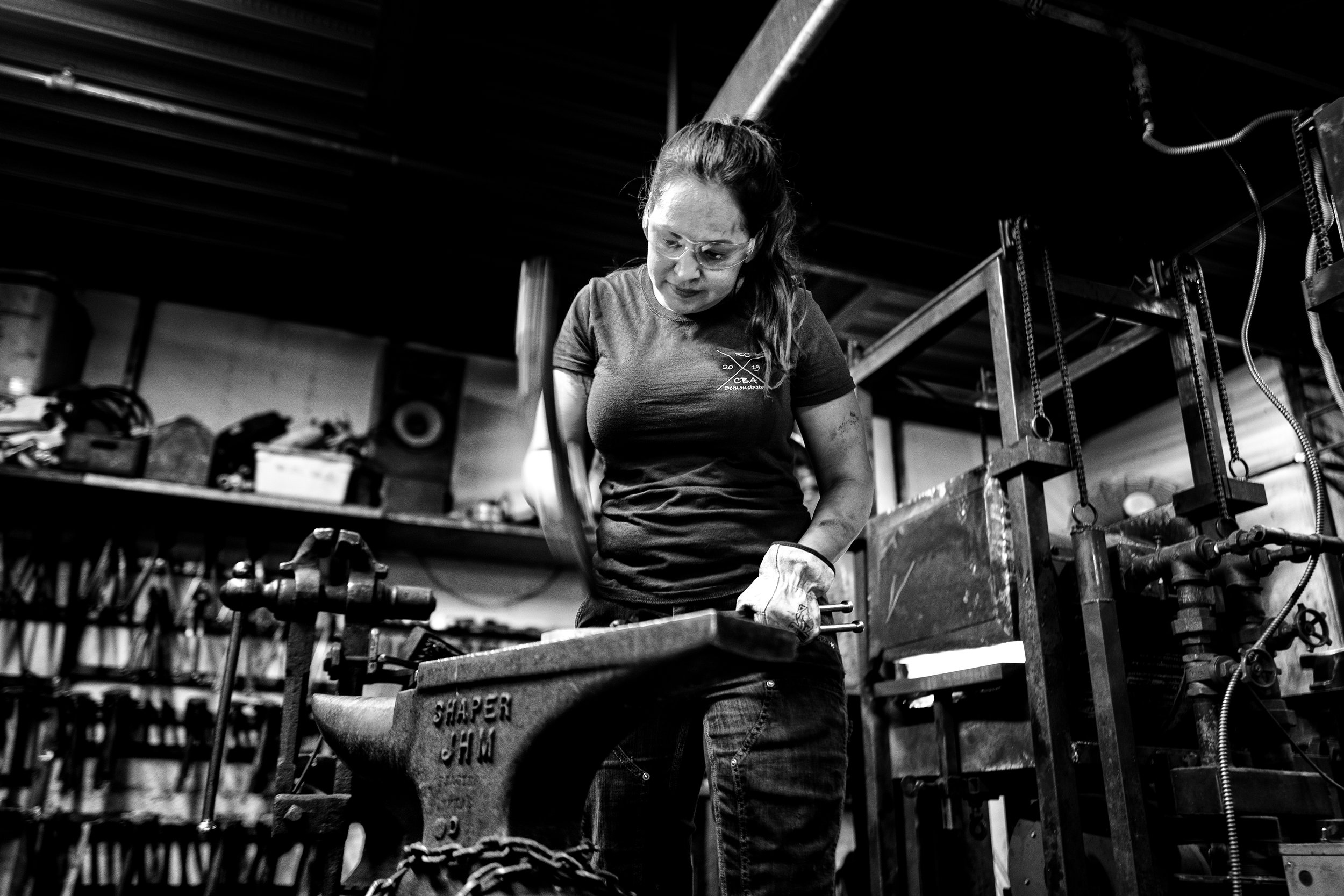
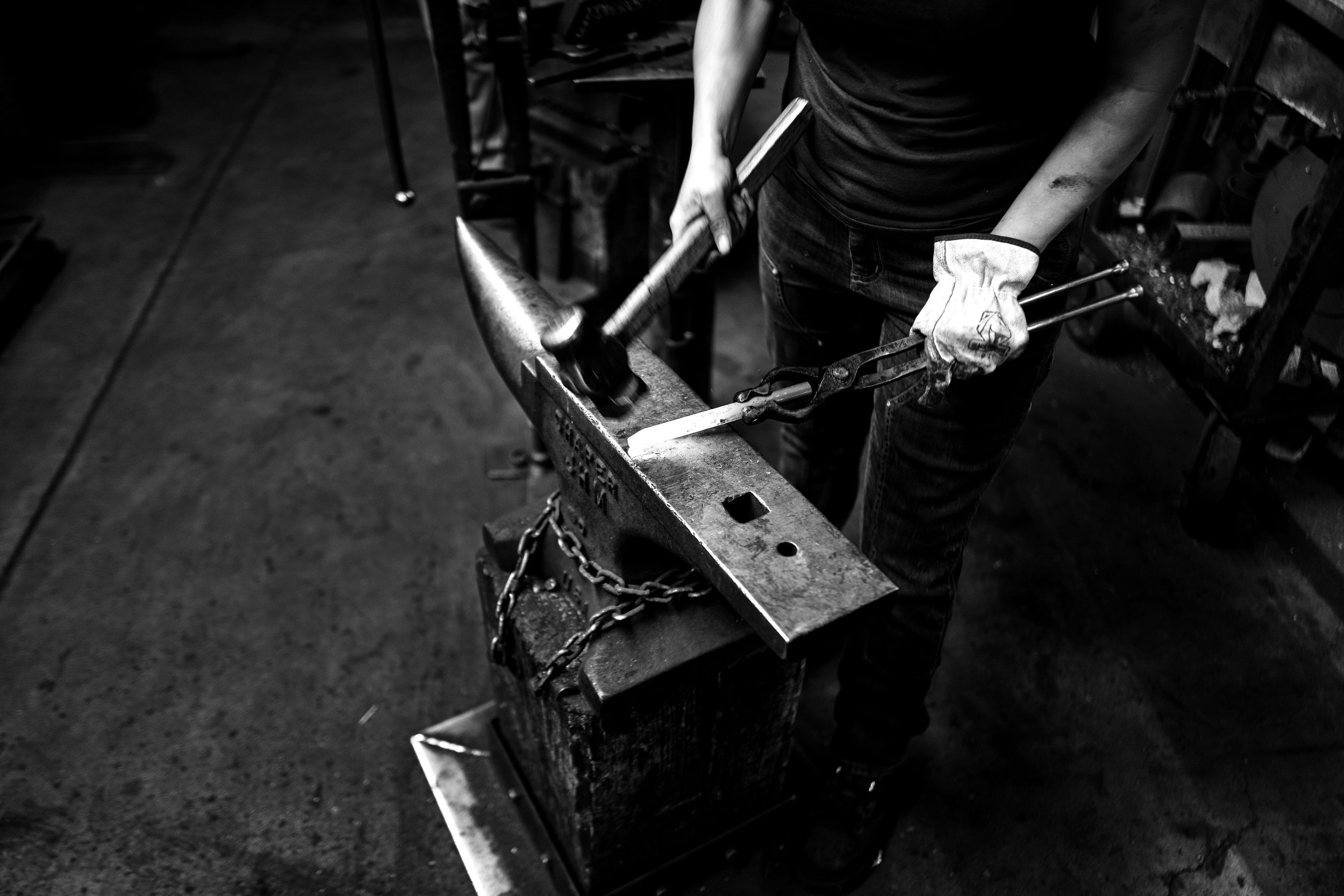
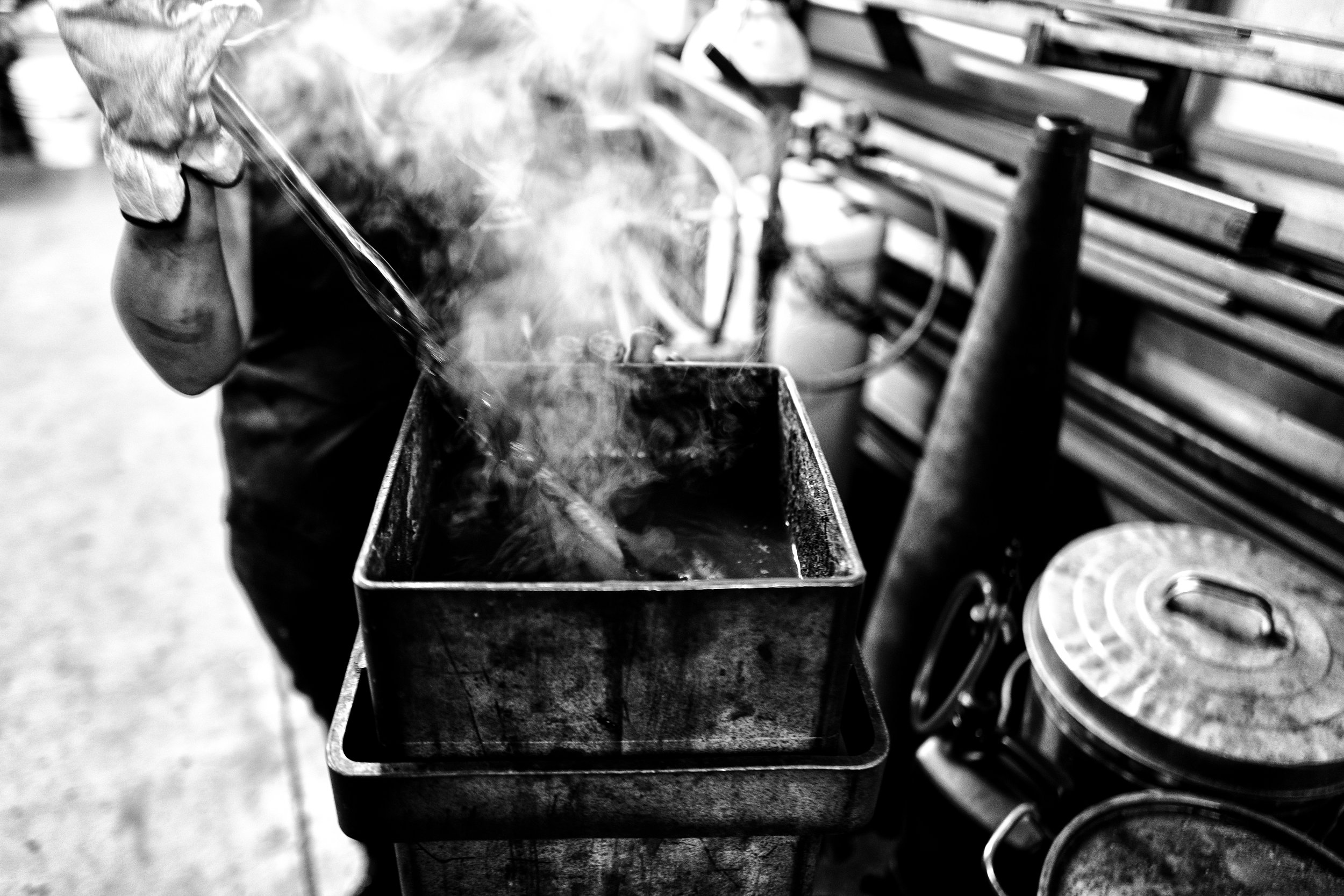
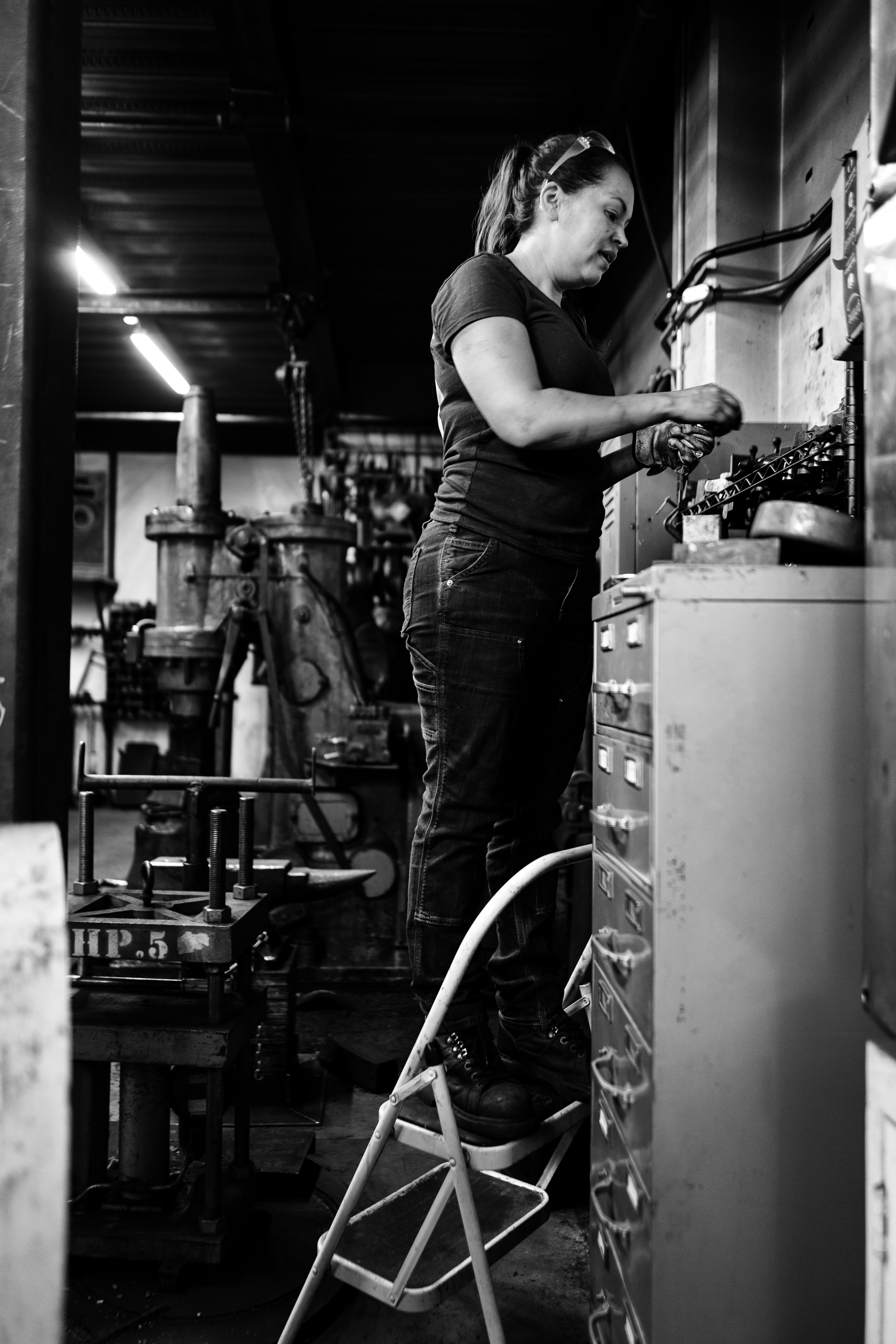
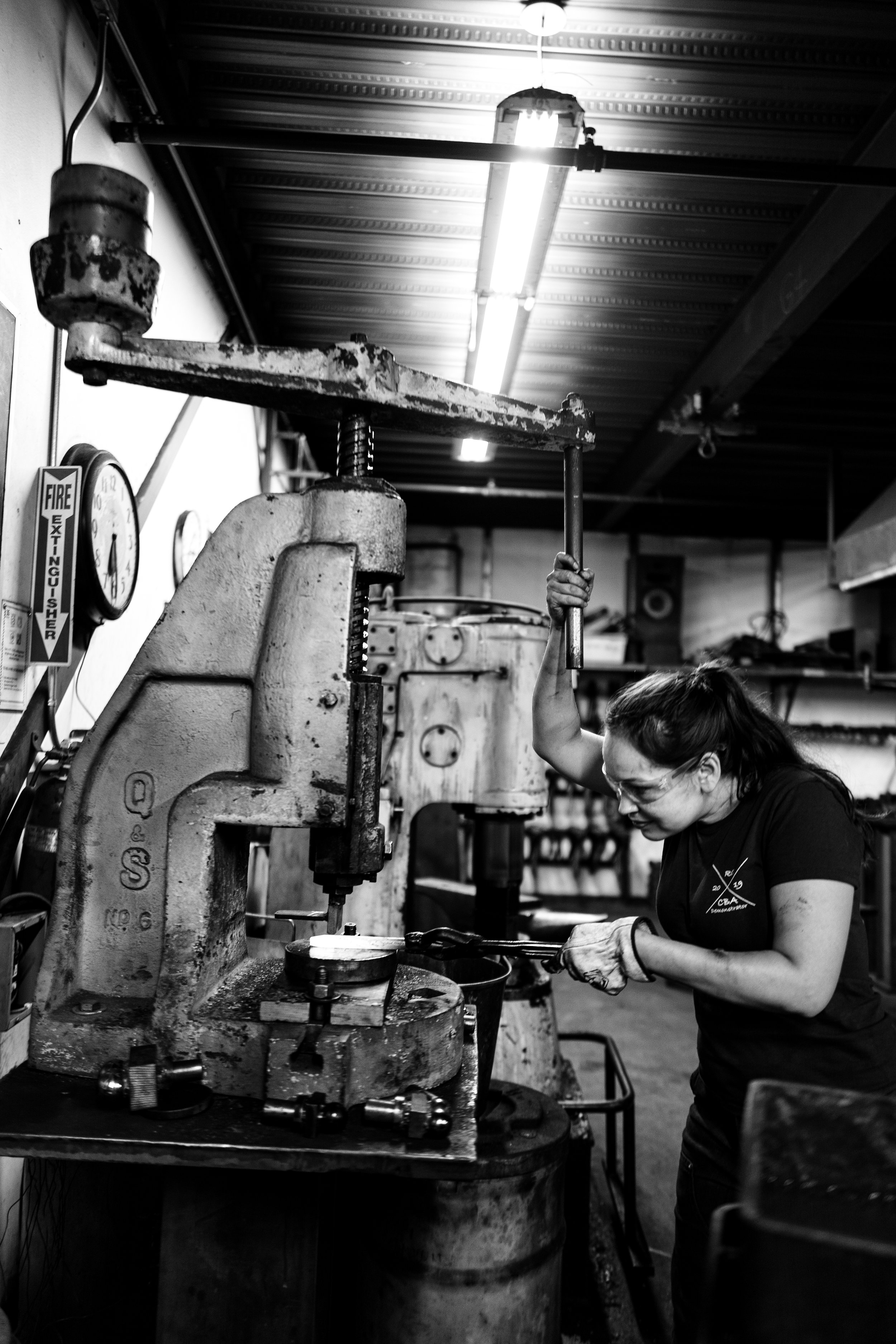
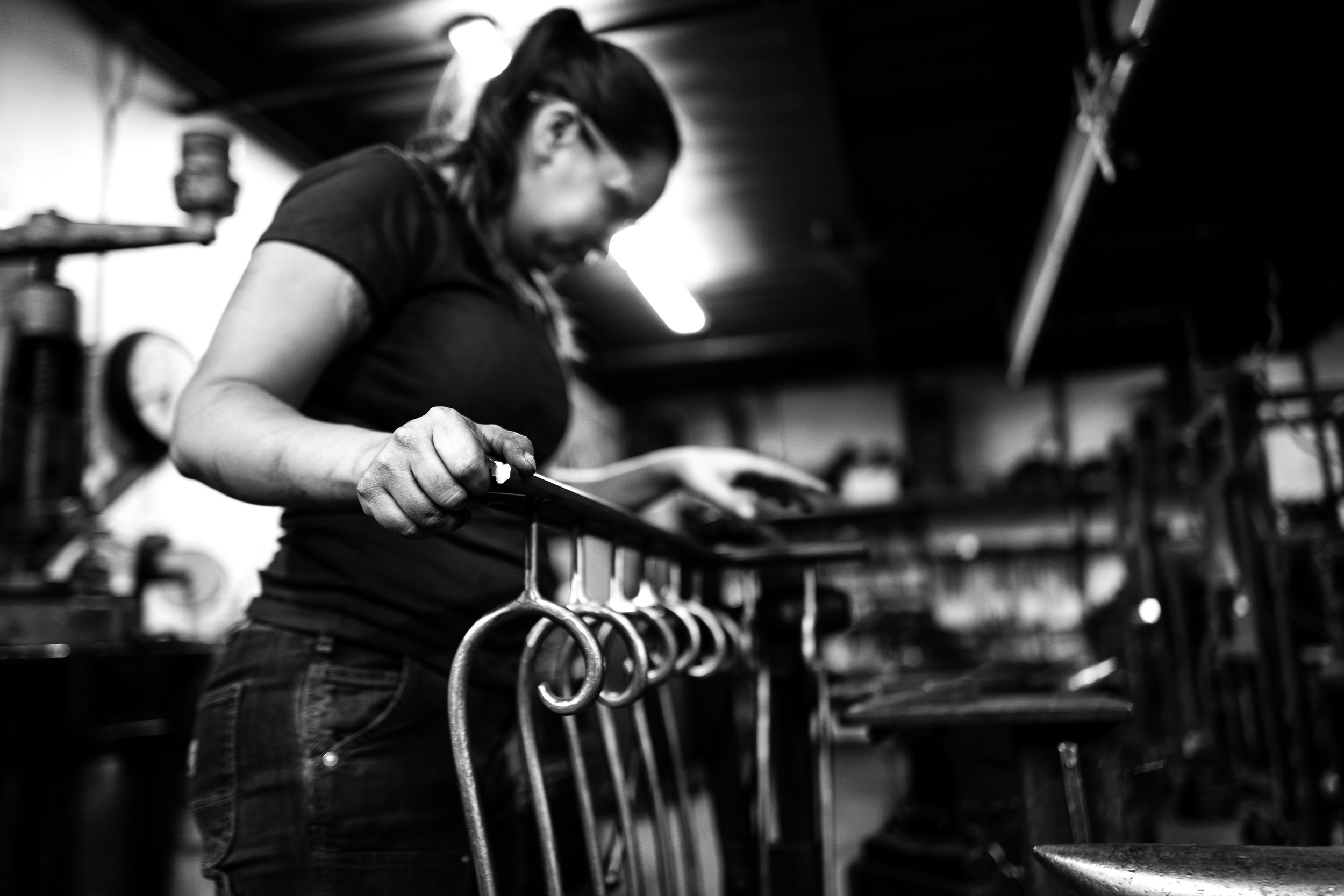
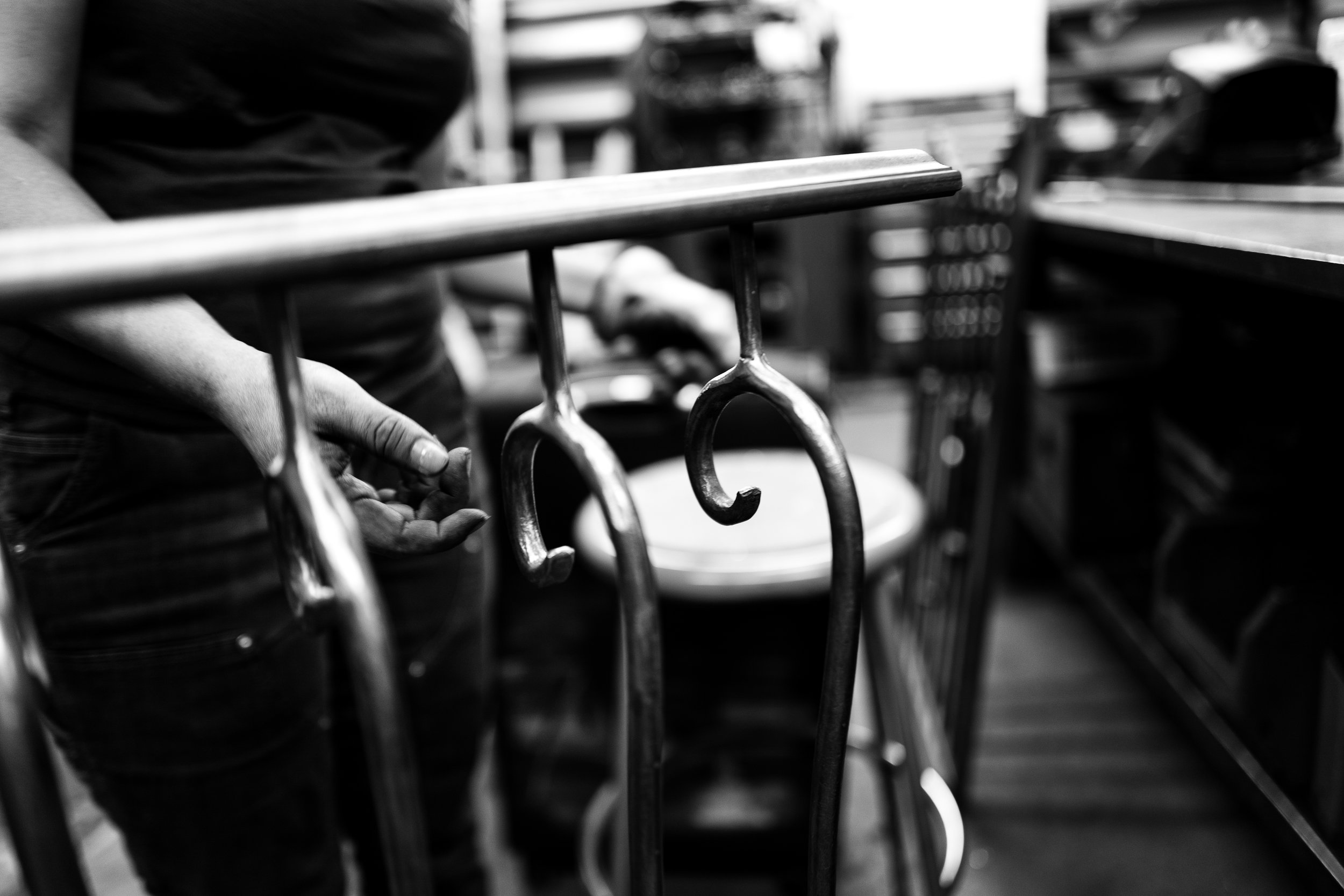
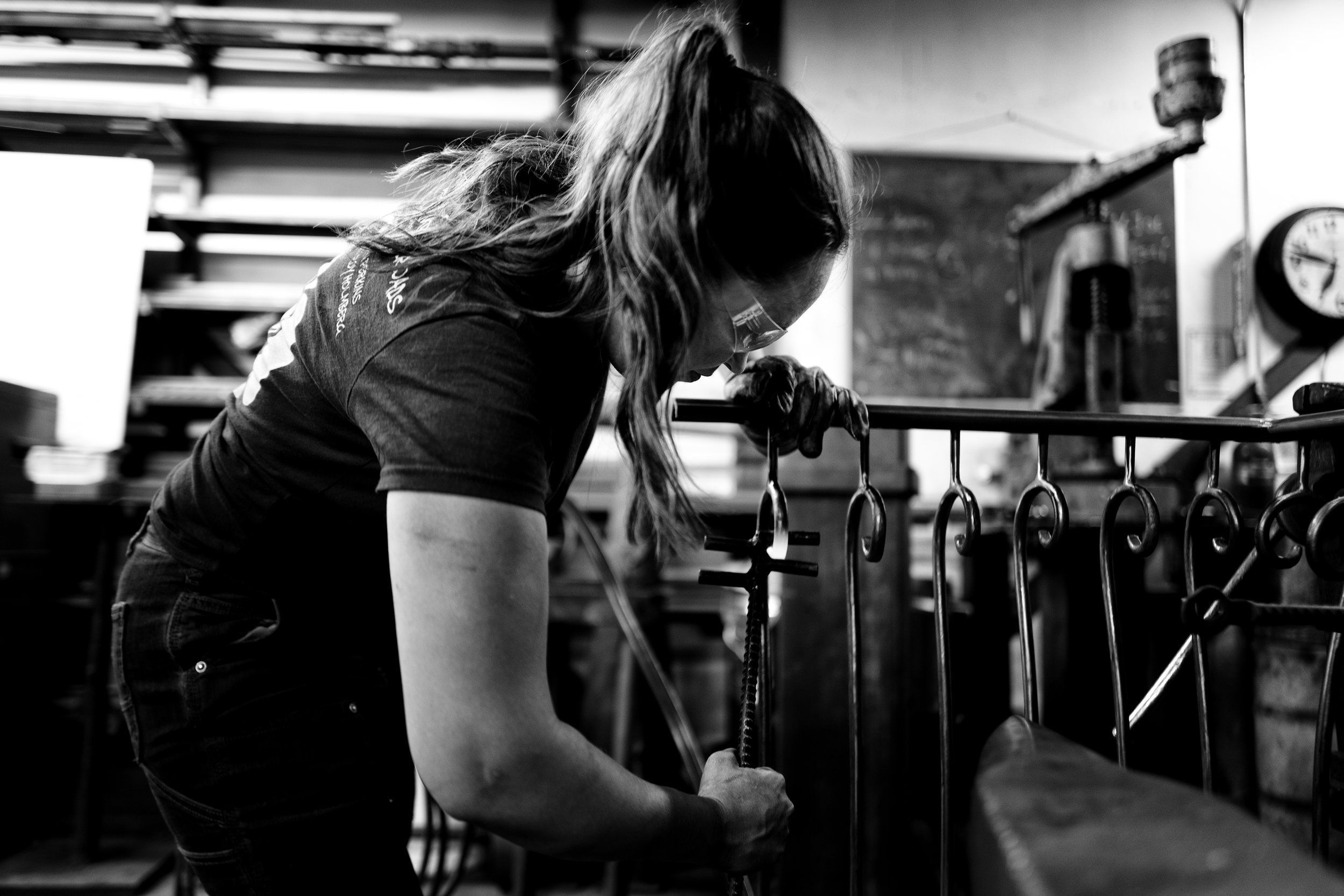
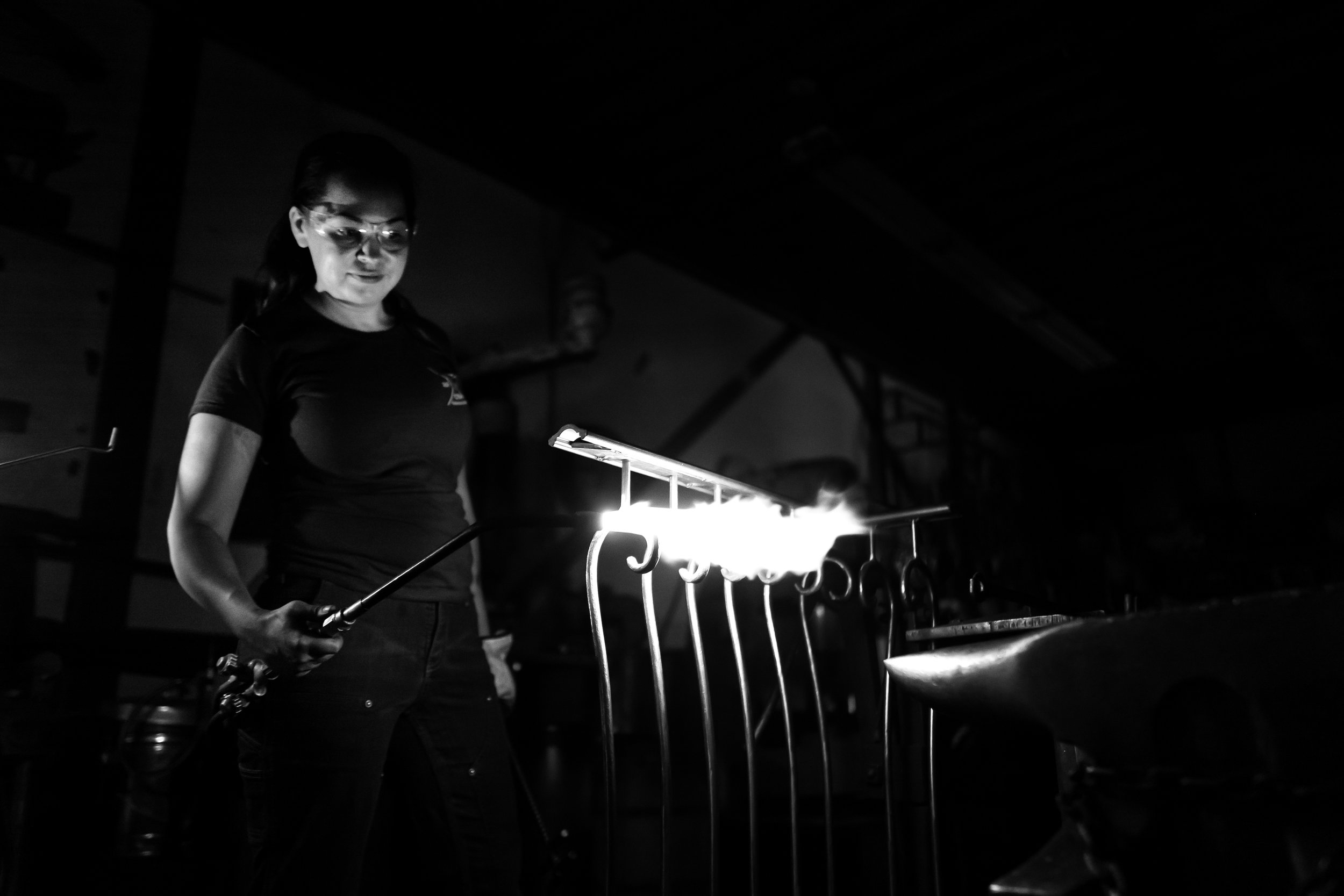
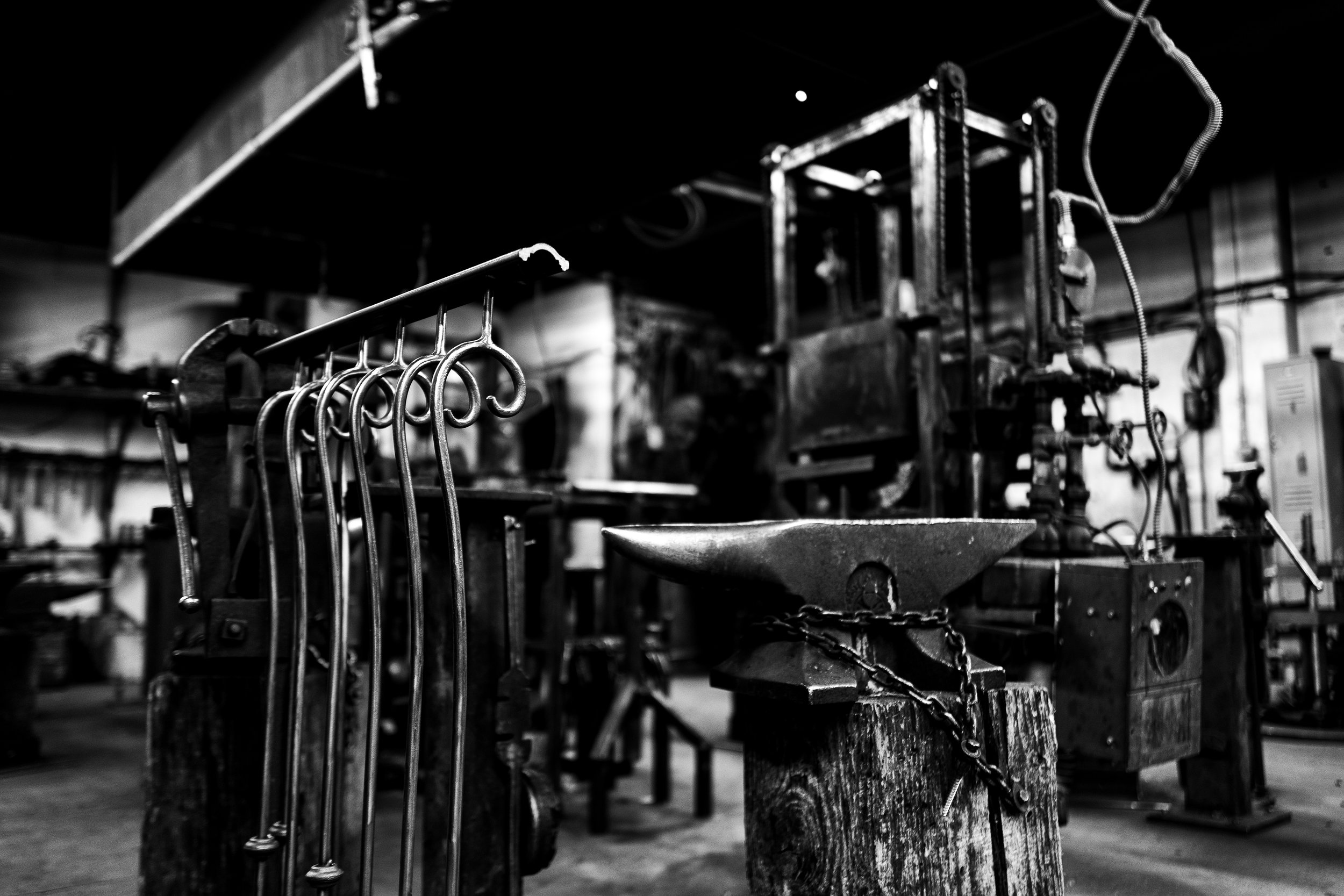
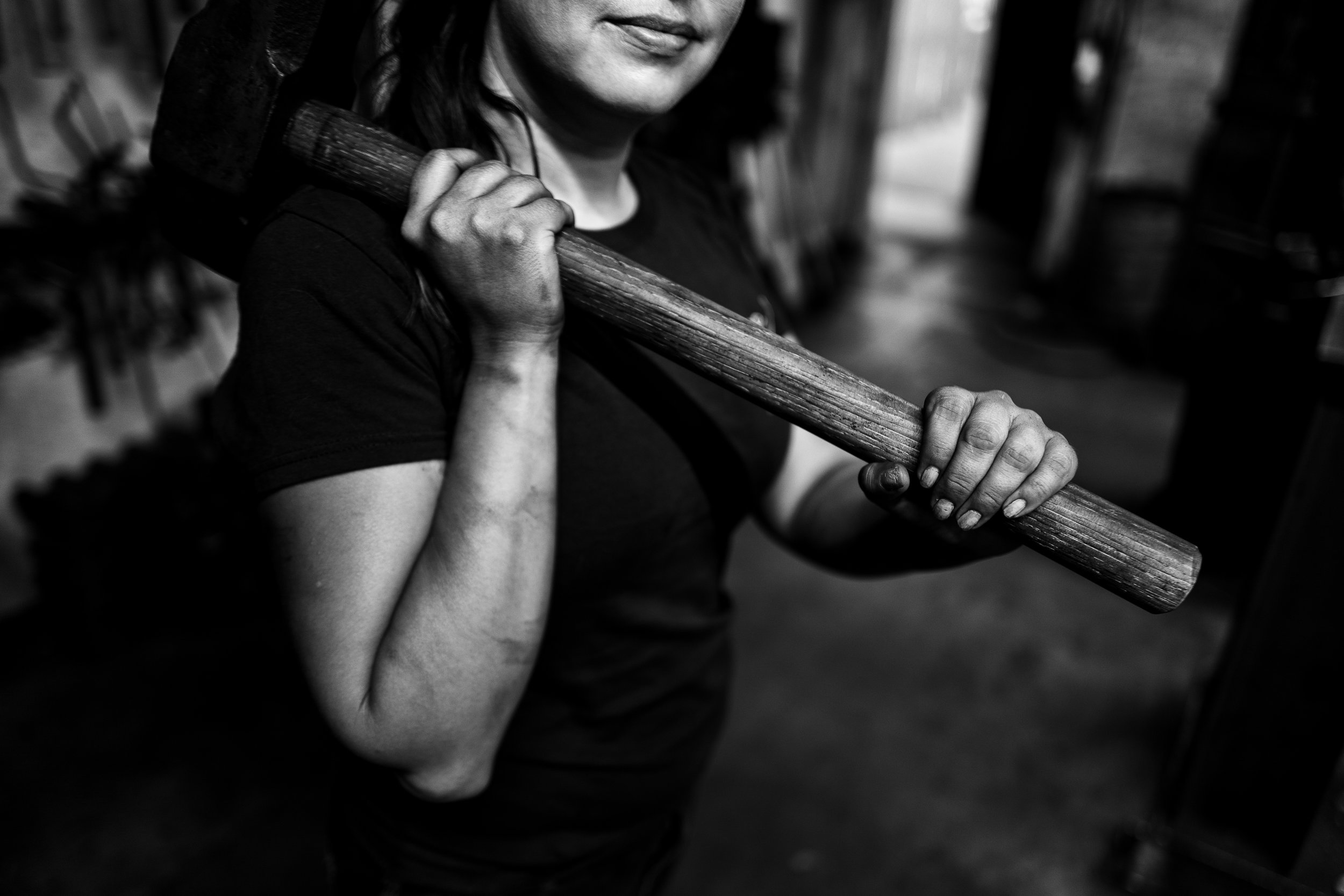
Blacksmith
Blacksmith, artist, and designer, Celeste is a jane of all trades. Read her story below to learn about blacksmithing through her eyes. The photos above give us a glimpse into her process for making a railing for a client.
Question + Answer
1) What advice would you give to another woman considering going into this field?
“I would say keep in mind that it's not all about strength, it's about technique and some of the best blacksmiths are women with very good artistic techniques”
2) What's the most fulfilling part of your job?
“I get to collaborate with people, I get to be an artist, and I get to help them be creative. When I work with my clients, I try to understand their personal vision, I bring my artistic style to it, and they can alter the design based on their personal preference.”
3) Why did you choose to enter this field?
“I went to school for fine art sculpture and I was really interested in metal working. Because of sexism, bronze casting wasn't working out for me—a teacher thought people who worked in foundries should be burly and big—not me. I decided I would try blacksmithing for the semester, and 12 years later i'm still doing it. I fell in love with it.”
4) Name the top three things you feel every woman needs to succeed in your industry.
1) “Resilience—it's hard work, but anyone can do it. They just have to persevere.”
2) “An artistic eye—you can get all the technique you want, but if it's not beautiful it won't be worth anything to anyone.
3) Basic understanding of geometry! 90% of the people who blacksmiths and make a living out of it are artists.
5) When you were young, what did you want to be career-wise? How did your idea of what you could be change from then until now?
“I wanted to be an artist, since I was very little, since I could remember. I went to school for drawing and painting, and quickly switched to sculpture. I got hooked on blacksmithing, but I still saw it from the perspective of being a sculpture. Seeing architectural work, such as another woman blacksmith’s work on railings, I thought wow I can do this.”
6) What are some of the typical reactions you get when you tell people about the industry you work in? How do you wish they would react?
“For the most part, people are really either surprised because you don't see many women blacksmiths, or they're confused! Very few people have a negative perception. When I first started doing metalworking in general, people would look at me and make snap judgments on my size. I was very petite, and I wore less 'industry' clothing—I wasn't taken very seriously. When I first started, I used to try to not look too feminine—I wasn't very experienced and I wanted to be taken seriously. I wasn't very experienced and I thought if I looked feminine, people would make judgments about my intelligence and commitment to the craft. But now I can go to a blacksmithing conference wearing a dress and everyone knows it's just me—my work makes people respect me and that gives me confidence. In the past two years, a lot more young women have been joining the craft—they have no problem doing just as well as the men, and that's noticed. It's been changing because of more diversity in the field.”
7) Where do you see yourself in 5 years, 10 years, 20 years from now?
“I want my own shop—that's next year. I'm trying to create a line of custom furniture, tables. I think i'll have employees and expand a lot.”
8) Who is the woman in your life you look up to most, and why?
“Monica Coyne—she's another blacksmith in California and she is well known nationally because she has a beautiful artistic style. She does some very experimental things and complicated techniques, basically iron that is a puzzle and comes apart again. We met on a trip to Argentina with a bunch of other blacksmiths. In Argentina, a lot of trades died out in the 1920s—I went with 20 other professional blacksmiths to teach blacksmithing. We've done this twice now, and people came from as far as Brazil, Chile, and Mexico. We spent 4 days teaching and learning from each other.
Resources
1) Society for Inclusive Blacksmiths [great resource for women, trans individuals, and people of color]
2) Angels and Anvils [group]
3) Women Do Iron! [group]
4) California Blacksmith Association
5) ABANA [national organization with resources for places to work]
6) California Blacksmith Association [group]
7) Mark Aspery's books for techniques
8) The Crucible